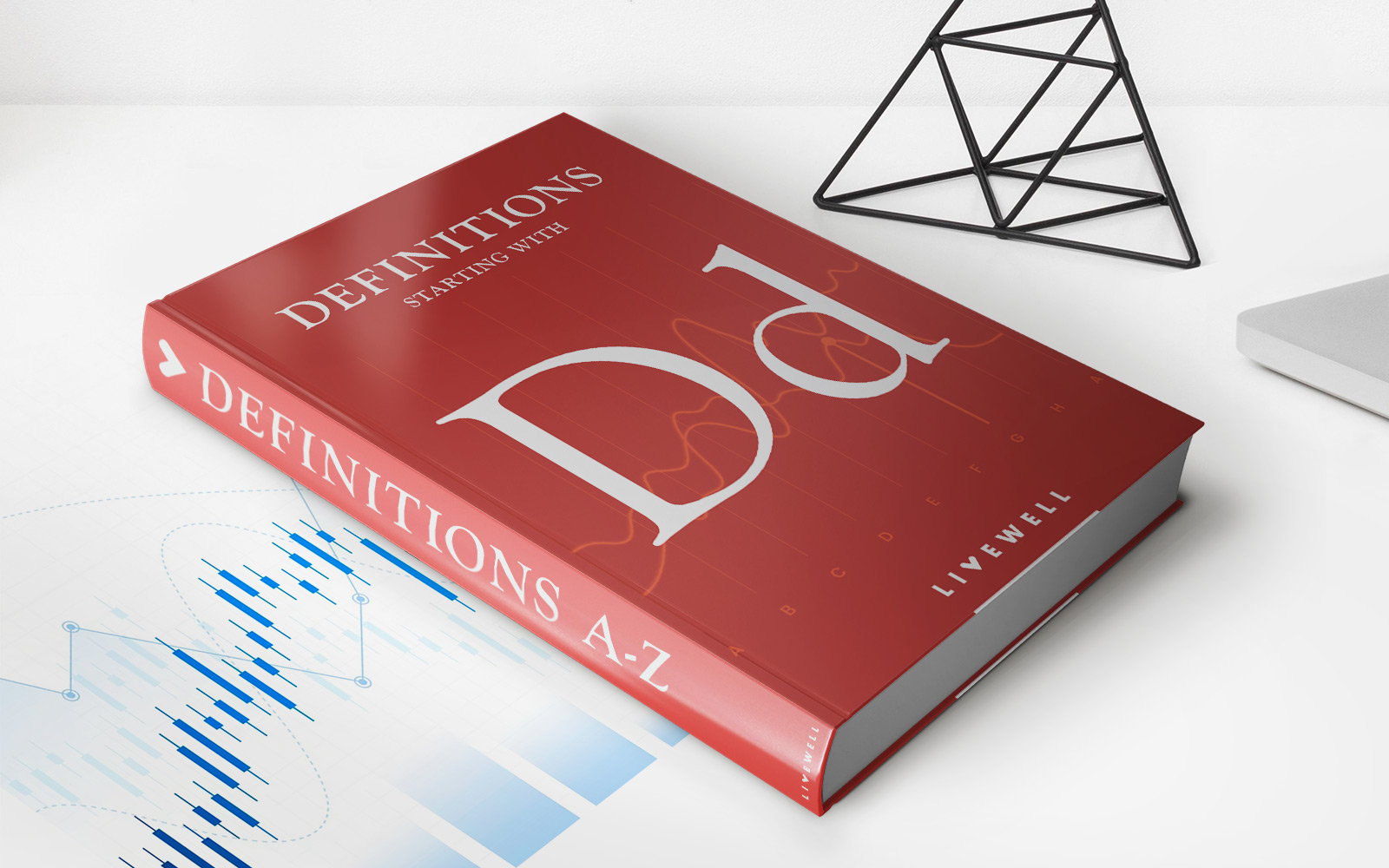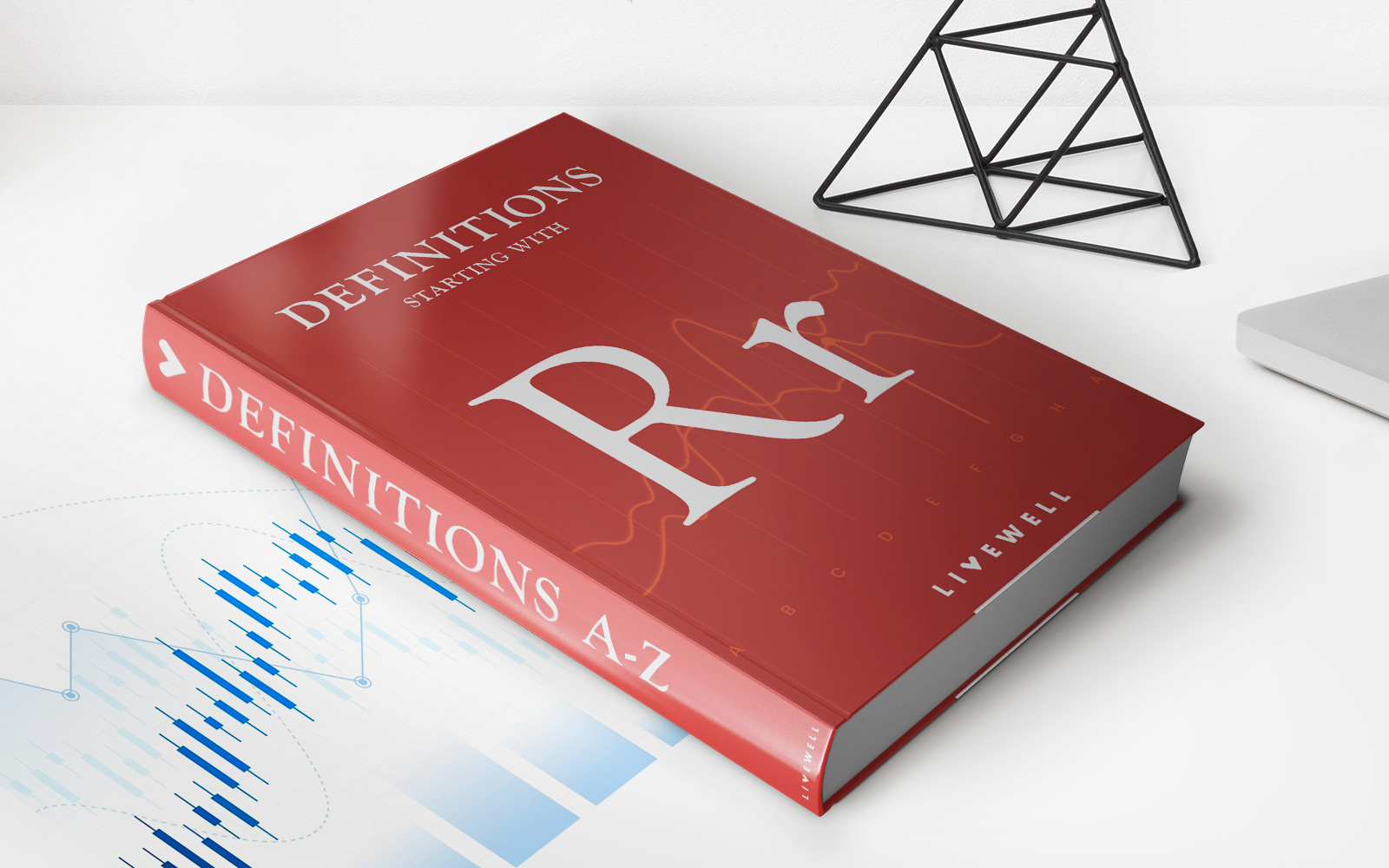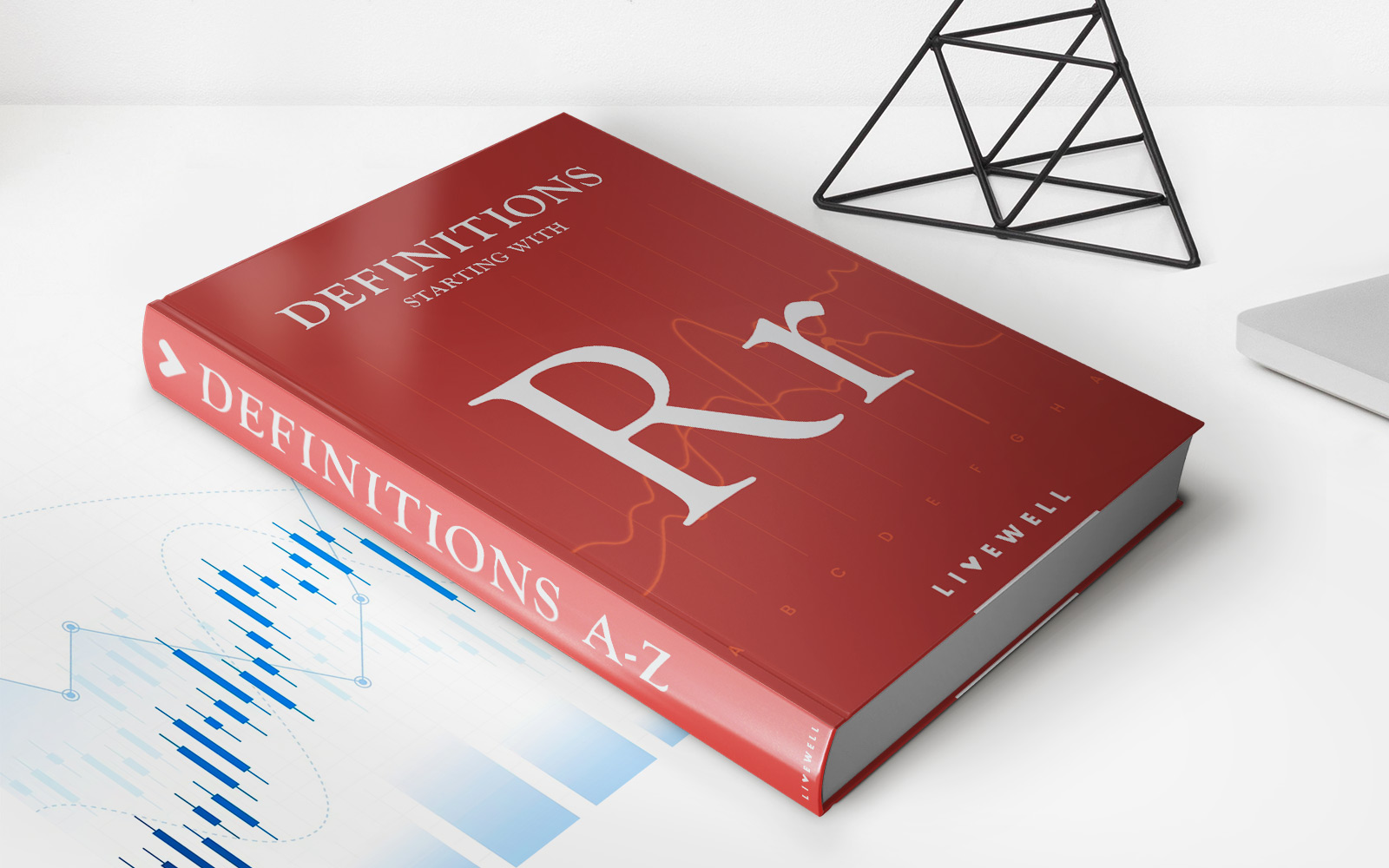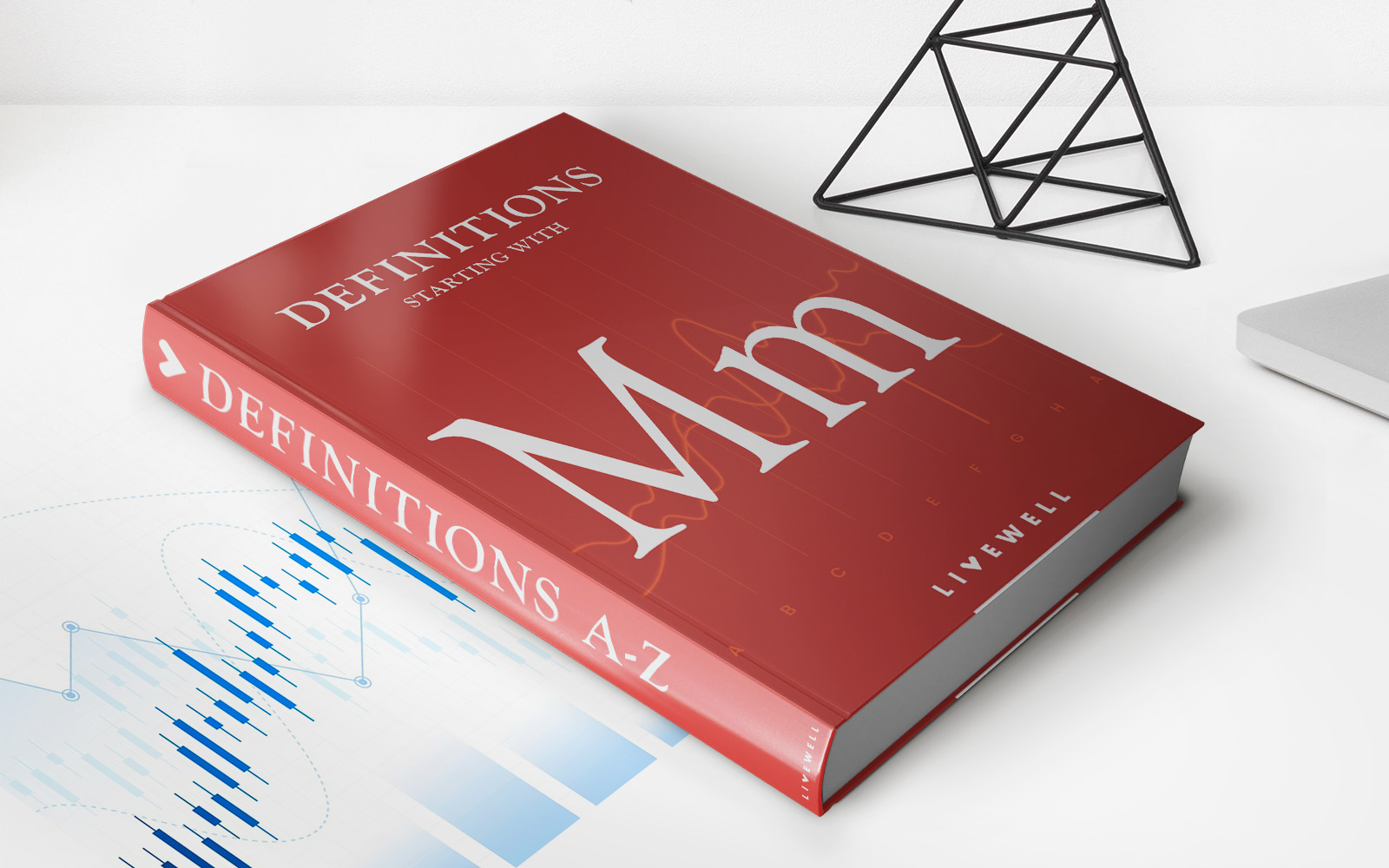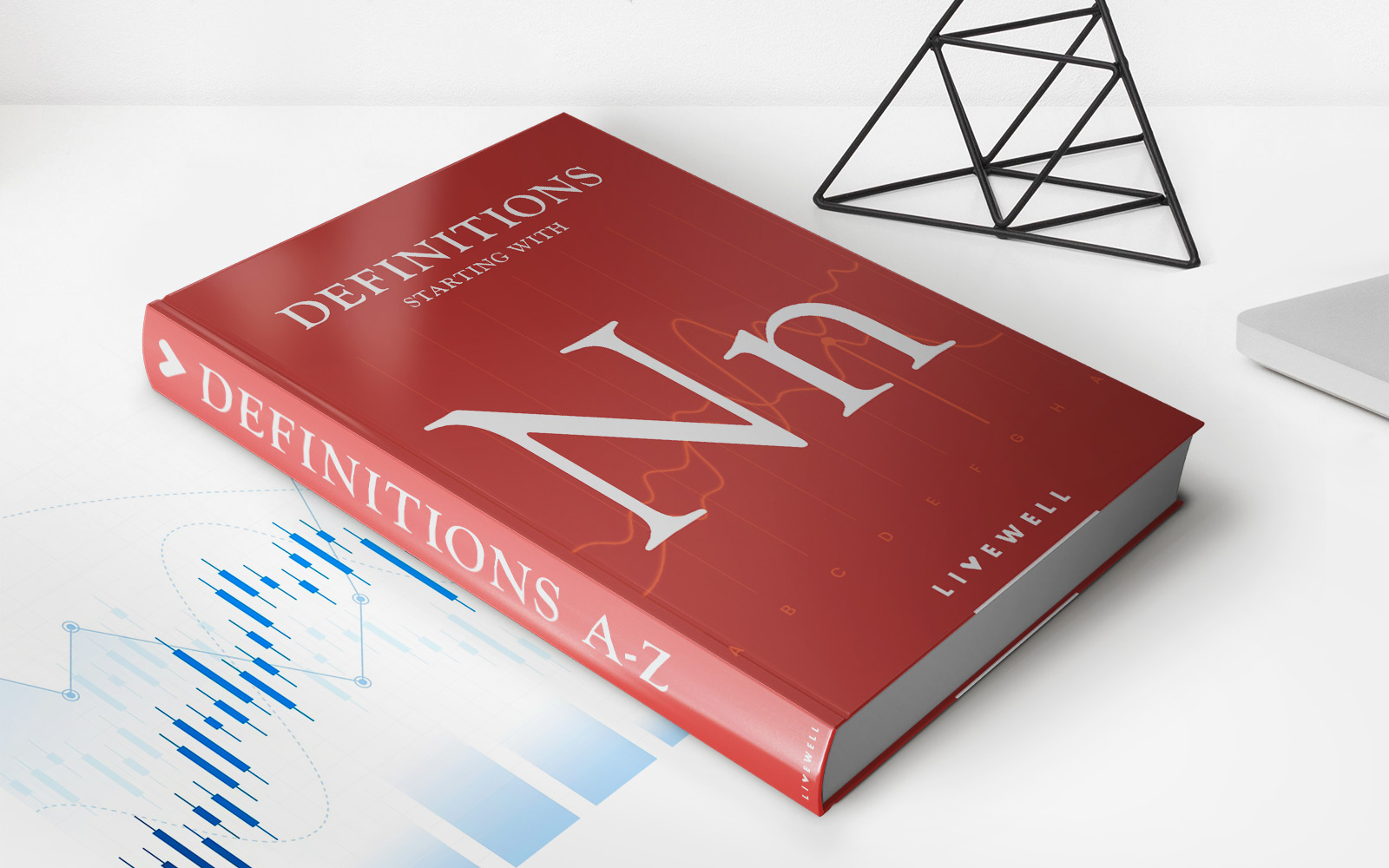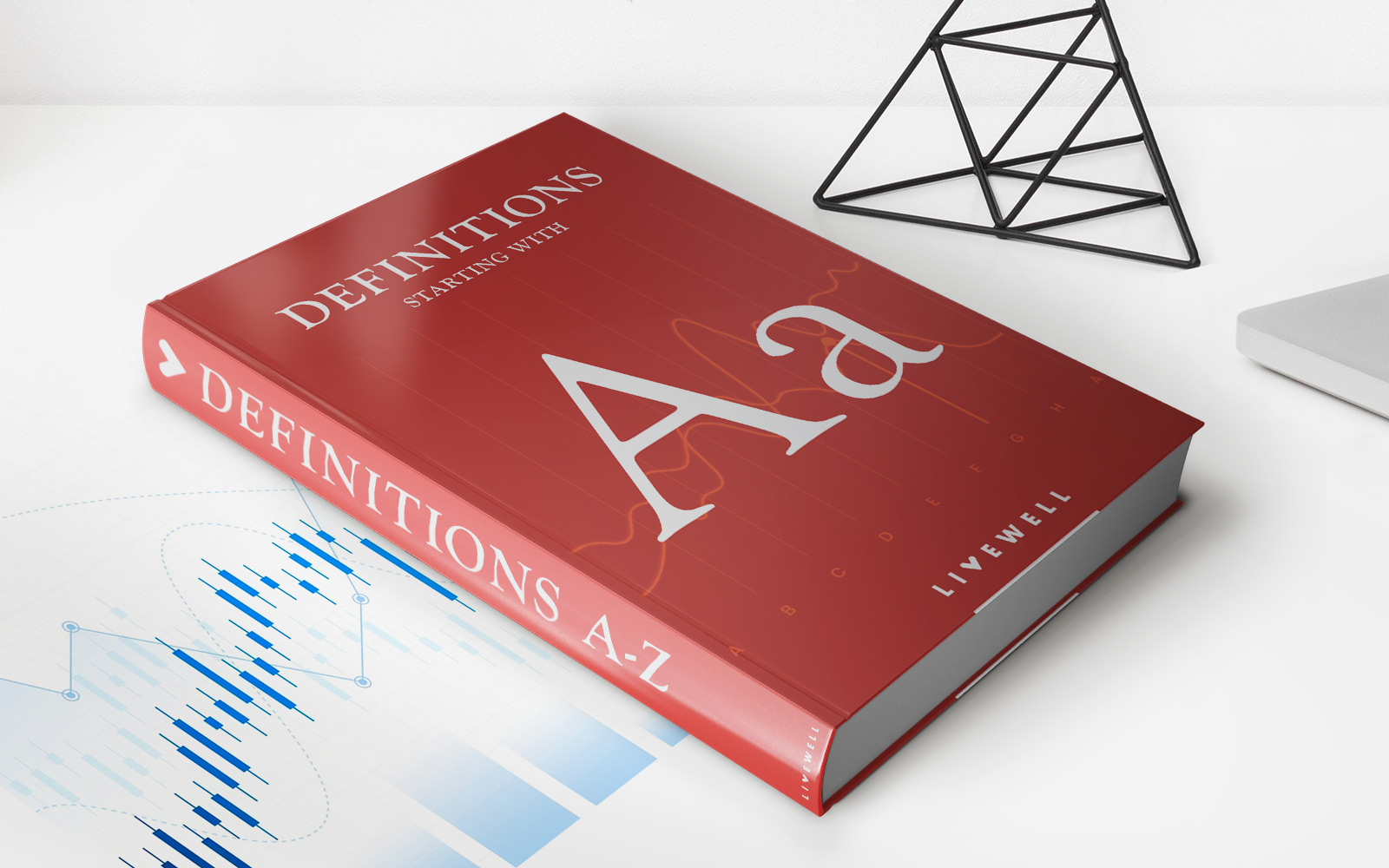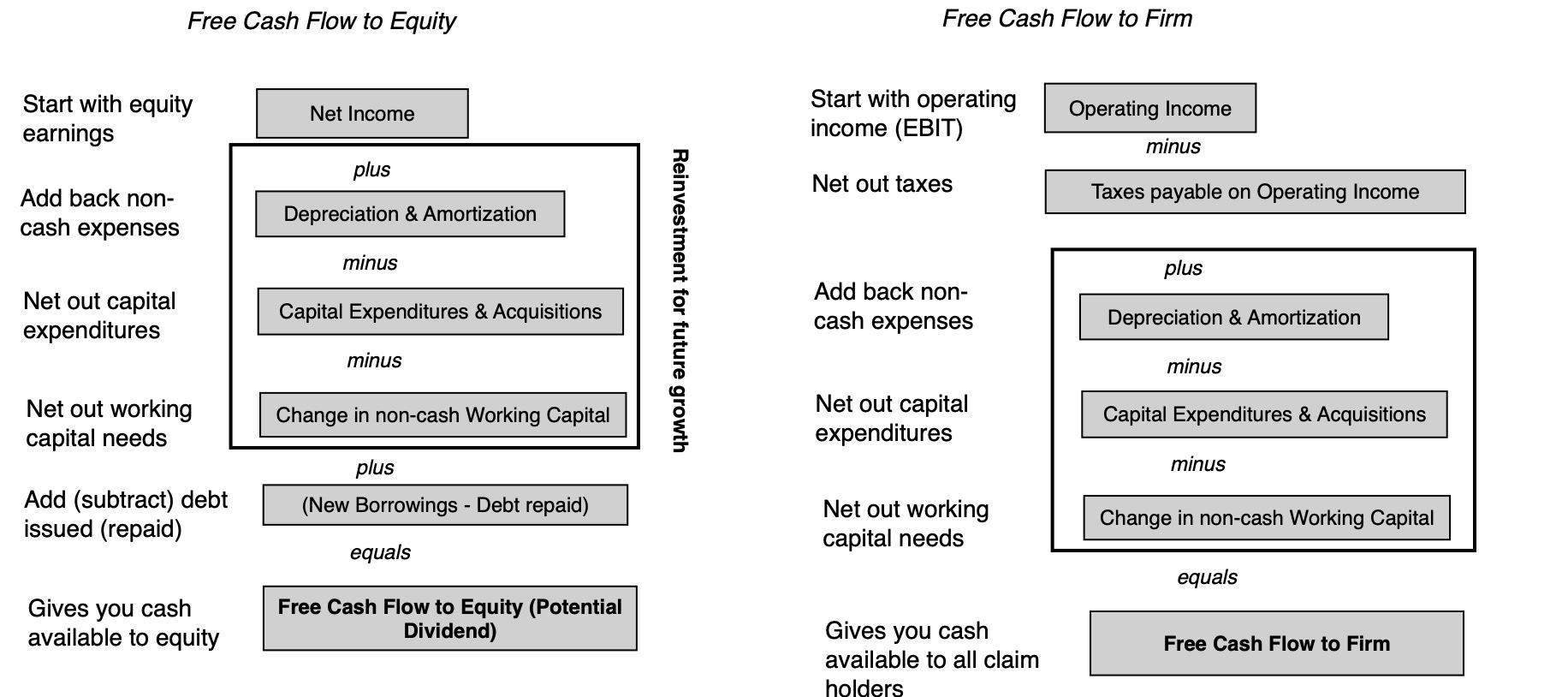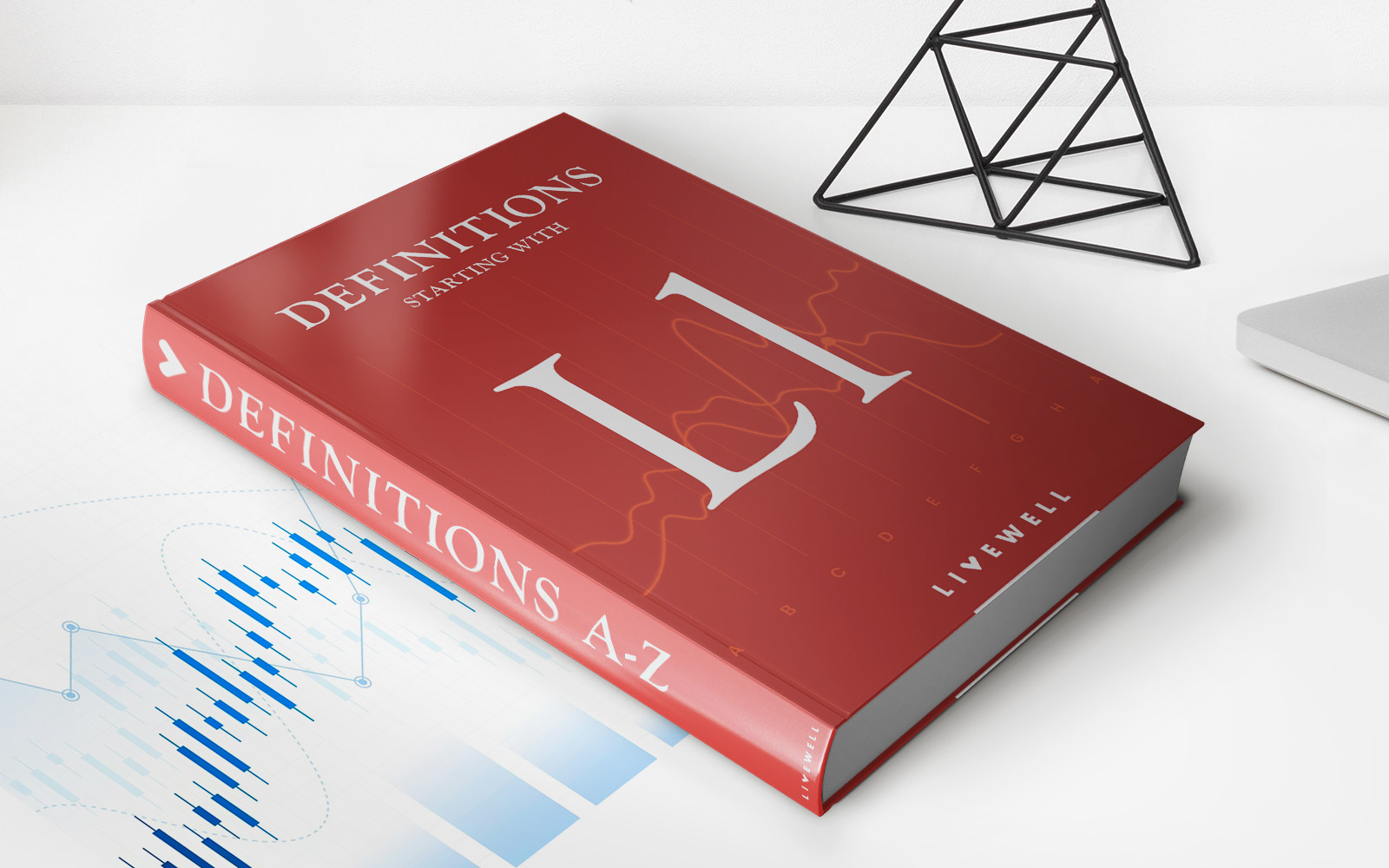

Finance
Linear Relationship Definition
Published: December 18, 2023
Learn about the definition and significance of linear relationship in finance. Understand how this concept plays a crucial role in financial analysis and decision-making.
(Many of the links in this article redirect to a specific reviewed product. Your purchase of these products through affiliate links helps to generate commission for LiveWell, at no extra cost. Learn more)
What is a Linear Relationship?
Welcome to our Finance category, where we delve into various aspects of the financial world to help you make informed decisions and improve your financial wellbeing. In this blog post, we will discuss the concept of a linear relationship, which plays a crucial role in finance and many other fields.
So, what exactly is a linear relationship? In simple terms, it is a mathematical relationship between two variables that can be represented by a straight line on a graph. The key characteristic of a linear relationship is that as one variable increases or decreases, the other variable changes at a constant rate.
Key Takeaways:
- A linear relationship is a mathematical relationship between two variables that can be represented by a straight line on a graph.
- The relationship is characterized by a constant rate of change as one variable increases or decreases.
Linear relationships are commonly encountered in finance, where they are used to analyze and predict various financial indicators and trends. Let’s explore two key applications of linear relationships in the world of finance:
1. Financial Planning:
In financial planning, understanding linear relationships can help individuals and businesses forecast their future financial standing based on historical data. By analyzing how different variables, such as income, expenses, and investment returns, relate to each other linearly, one can make more accurate predictions about their financial future.
2. Risk Assessment:
Linear relationships also play a significant role in risk assessment. Finance professionals analyze the correlation between different financial factors to evaluate the potential risks associated with specific investment portfolios or lending practices. By understanding how variables, such as interest rates, stock prices, or default rates, relate linearly, investors and financial institutions can make more informed decisions while managing risk effectively.
Remember, linear relationships are not limited to finance alone. They are widely used in various fields, including engineering, physics, and economics. Recognizing and understanding linear relationships can help you make better-informed decisions and solve complex problems across different domains.
In Conclusion
A linear relationship is a mathematical concept that explains how two variables relate to each other through a straight line on a graph. Understanding and utilizing linear relationships can enhance financial planning and risk assessment processes, enabling individuals and organizations to make better financial decisions. So, the next time you come across a graph with a straight line, remember its significance in the world of finance.
